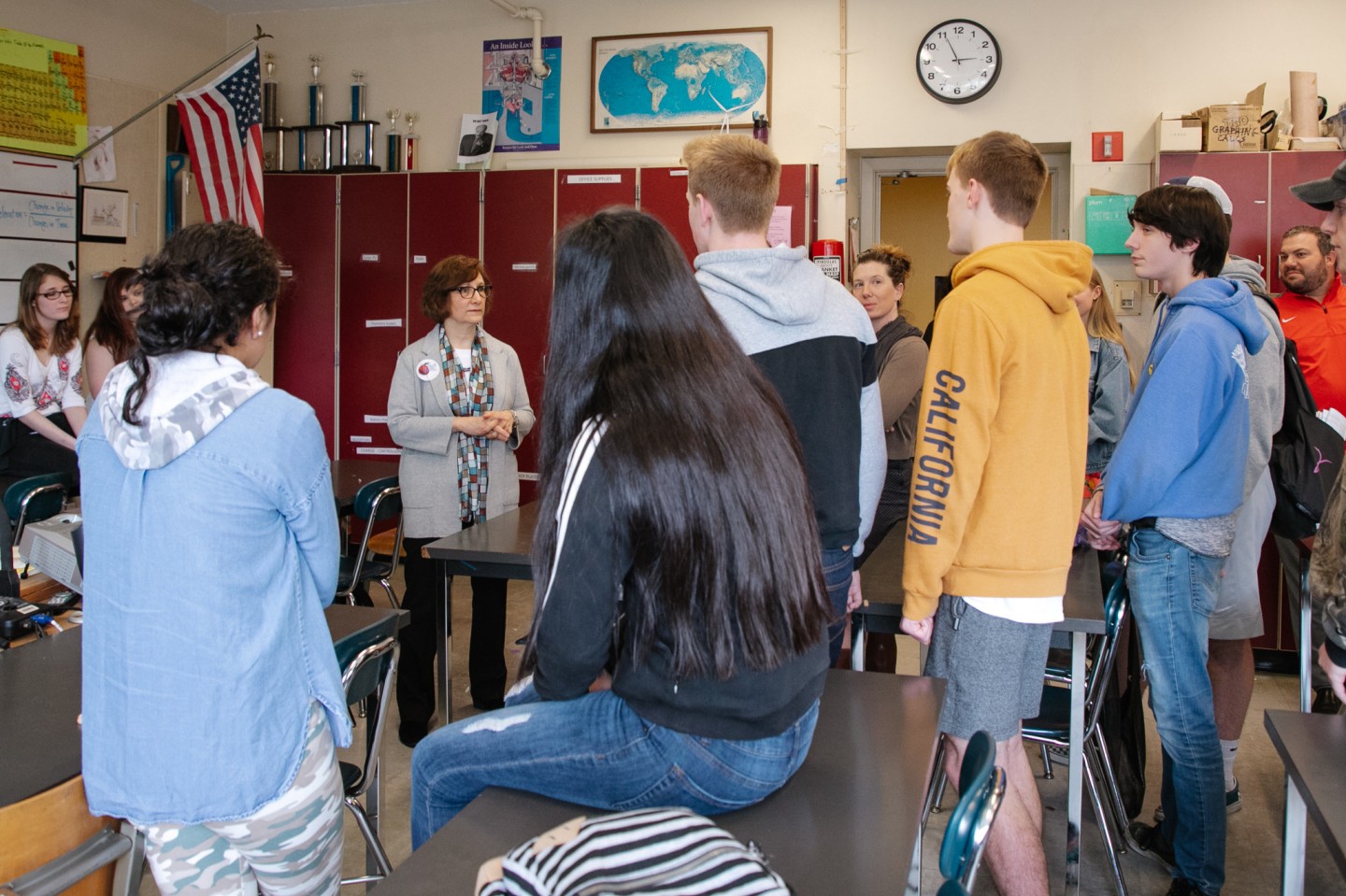
Beach water quality monitoring programs provide us with the information we need to know where it's safe to surf, swim or play in the water and where problems exist so we can avoid exposure to pollution that could make us or our families sick. The beach water testing programs run by health agencies in coastal states get most, if not all, of their funding from a federal grant program administered by the Environmental Protect Agency. Authorized by the BEACH Act, the EPA’s BEACH Grants program provides nearly $10 million to help 35 coastal states and territories run their beach water testing and public notification programs every year. Since the BEACH Act’s passage back in 2000, this has been a very effective program that helps protect the health of over 100 million visitors to US beaches every year and the booming coastal tourism and recreation economies they support (valued at $115.7 billion in 2015 and providing 2.3 million jobs nationwide).
Unfortunately, funding for this federal program has been on the chopping block for several years running, and worse, the entire EPA agency is currently facing a 31% budget cut in the FY 2020 budget proposed by the Trump administration. The good news is there are staunch supporters of clean water and healthy beaches in Congress that are willing to push back against these budget cuts. Senators Menendez (NY) and Merkley (OR) submitted a letter to the Appropriations Subcommittee on behalf of 29 offices that represent coastal states requesting $10 million in funding for the EPA BEACH Grants program in the FY 2020 budget. Likewise, Representative Pallone (NJ) lead a similar effort in the House of Representatives with 31 offices signing-on. View the letters and see who signed-on here: Senate & House.
Congresswoman Bonamici took her support a step further. Portland Chapter volunteers Sarah Mayer and Briana Bard had visited her office in Washington DC in February to educate her on what these budget cuts meant for Oregon beach monitoring. After learning about Surfrider’s efforts to augment the seasonal beach water testing program run by the Department of Environmental Quality in Oregon through our Blue Water Task Force (BWTF) program, she made the time to visit the BWTF lab run by students at Seaside High School in Seaside, Oregon.

Seventeen students from Doug Mitchell’s Earth Science class hosted Congresswoman Bonamici in their classroom on May 16th. The students processed a water sample on May 15th so they could show the Congresswoman how results are read, and they collected samples the morning of May 16th so she could see how the samples are processed.
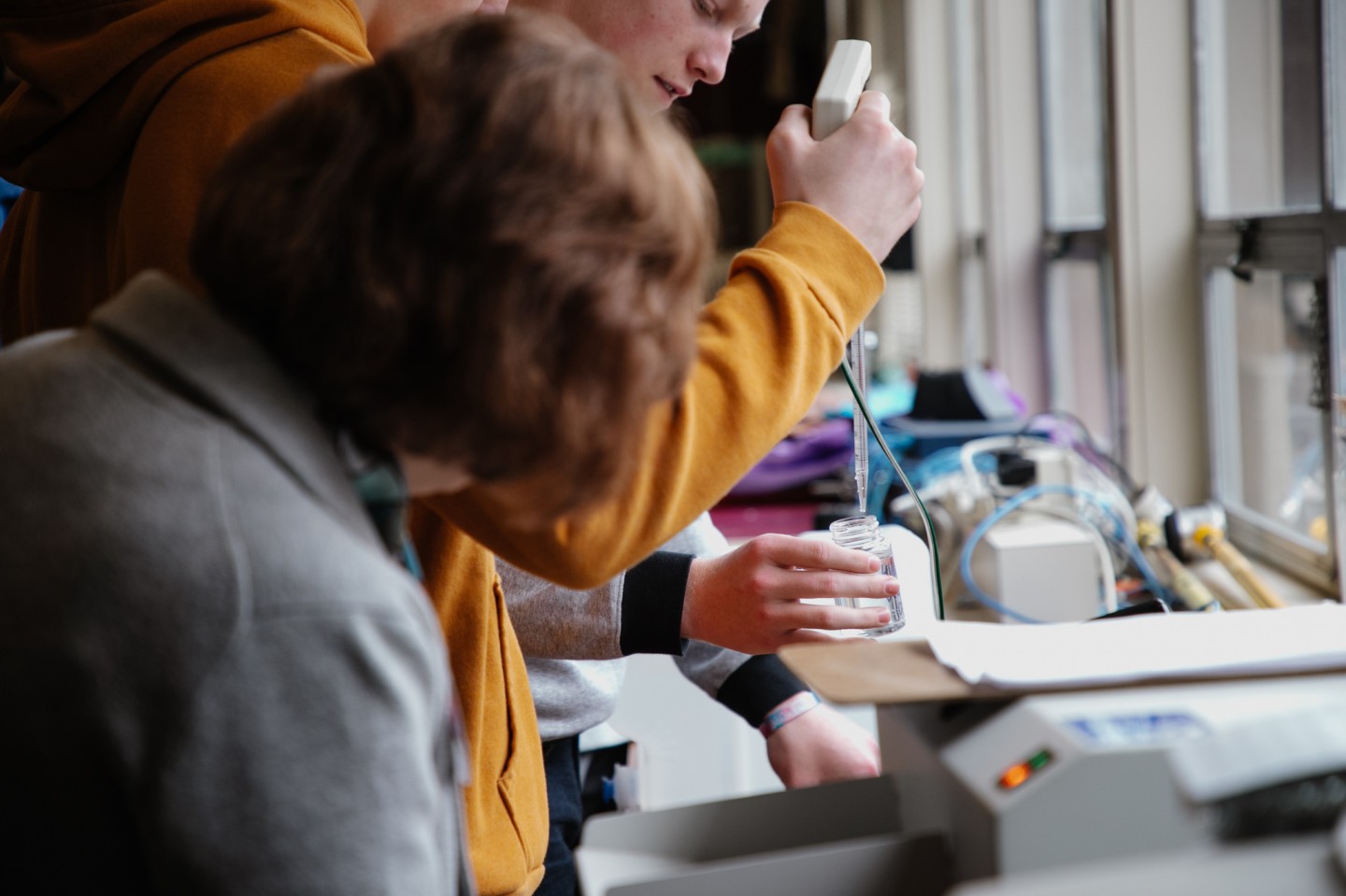
The Congresswoman had many questions for the students including where they sample, why they sample, and how the results are used. Mr. Mitchell and his students explained that the lab was moved to their classroom in February 2017 to provide a more convenient drop off location for community volunteers collecting samples and to expand the water testing sites to include three coastal rivers - the Necanicum, Neacoxie and Neawana – which are often collected by the students themselves. Community volunteers collect samples from eight ocean sites, including Oregon’s most popular surfing beach (Short Sands), which sees more than 1.2 million visitors annually.
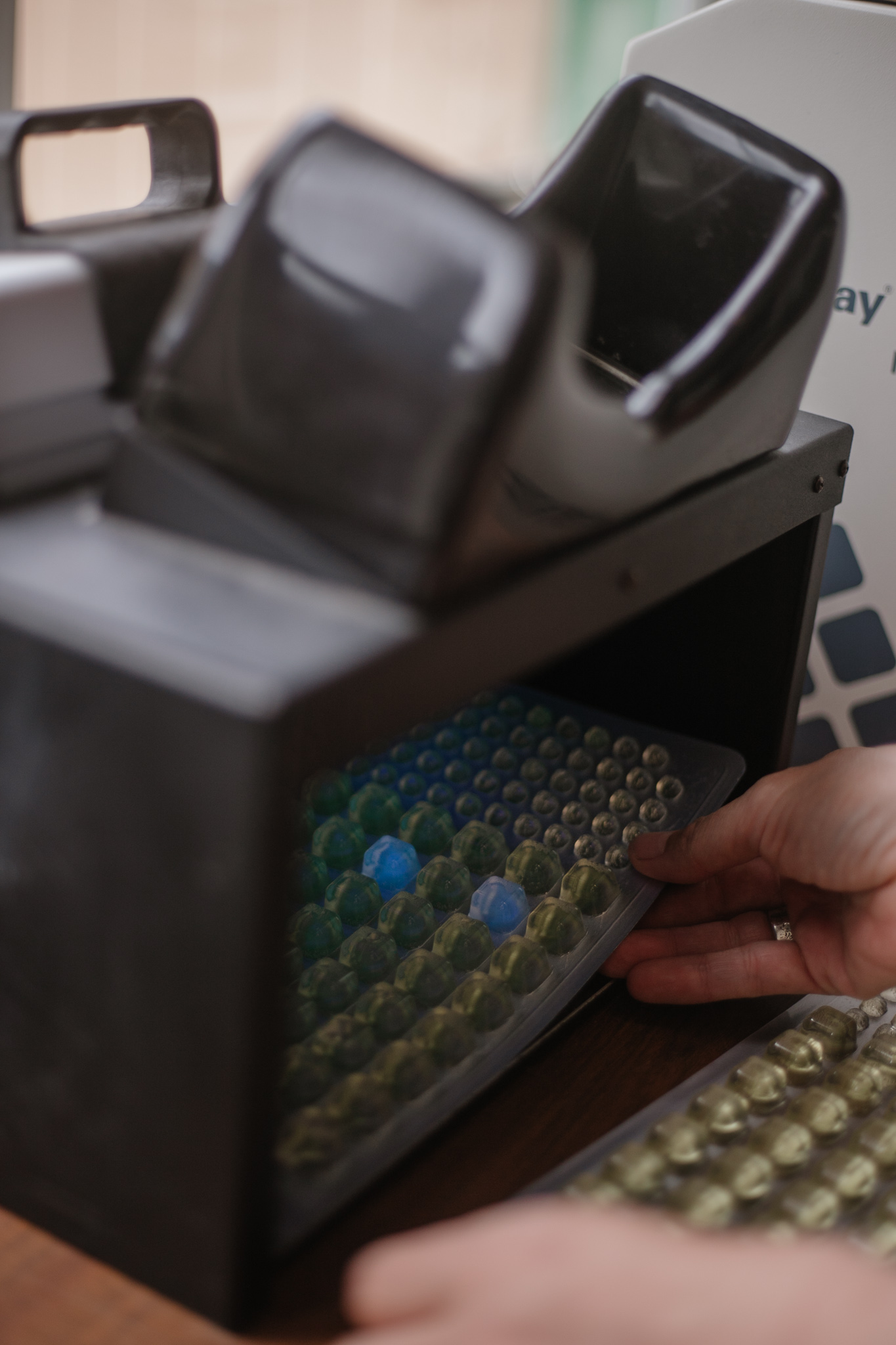
When Congresswoman Bonamici asked how the students feel about their science being used in the “real world,” Ledger, a sophomore, said “It feels really good knowing our work is protecting the community and tourists from getting sick.” Mr. Mitchell added, “We are the only ones testing water samples year round. The State only samples Memorial Day through Labor Day, but people are in the water all year.” He added that students even volunteer to come into school during the summer to keep the program running all year. 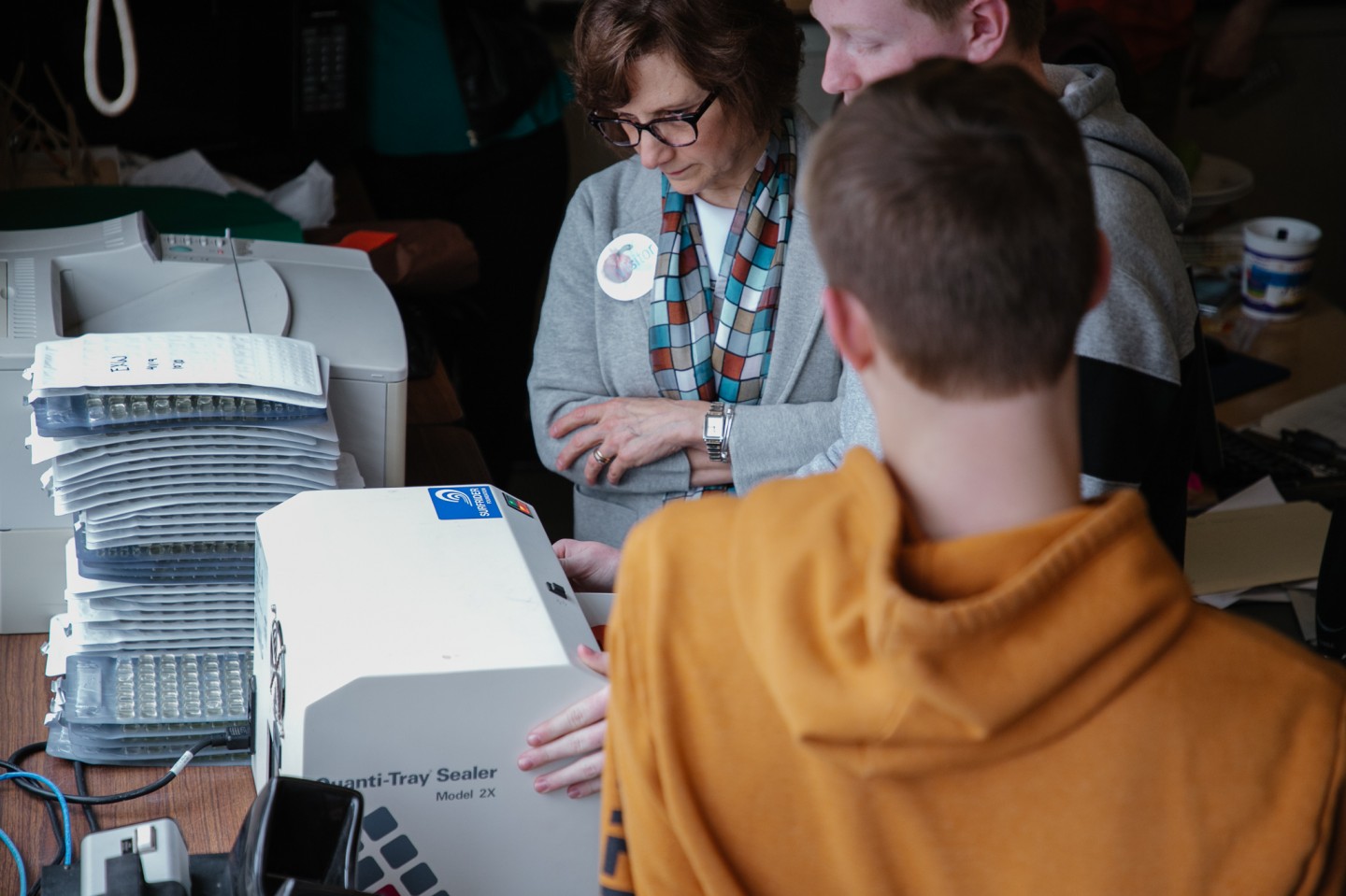 The students are providing a real service to their community by providing water quality information to inform safe recreation year-round. Coastal recreation contributes $2.4 billion per year to Oregon’s economy, and is particularly important in a town like Seaside where tourism is a huge contributor to the local economy as well.
The students are providing a real service to their community by providing water quality information to inform safe recreation year-round. Coastal recreation contributes $2.4 billion per year to Oregon’s economy, and is particularly important in a town like Seaside where tourism is a huge contributor to the local economy as well.
Congresswoman Bonamici, who was impressed with the students’ enthusiasm, pressed the students to consider more ways to publicize their results to reach more people. That set off a frenzy of brainstorming with ideas ranging from working with the computer science class to develop an app to developing relationships with local media.
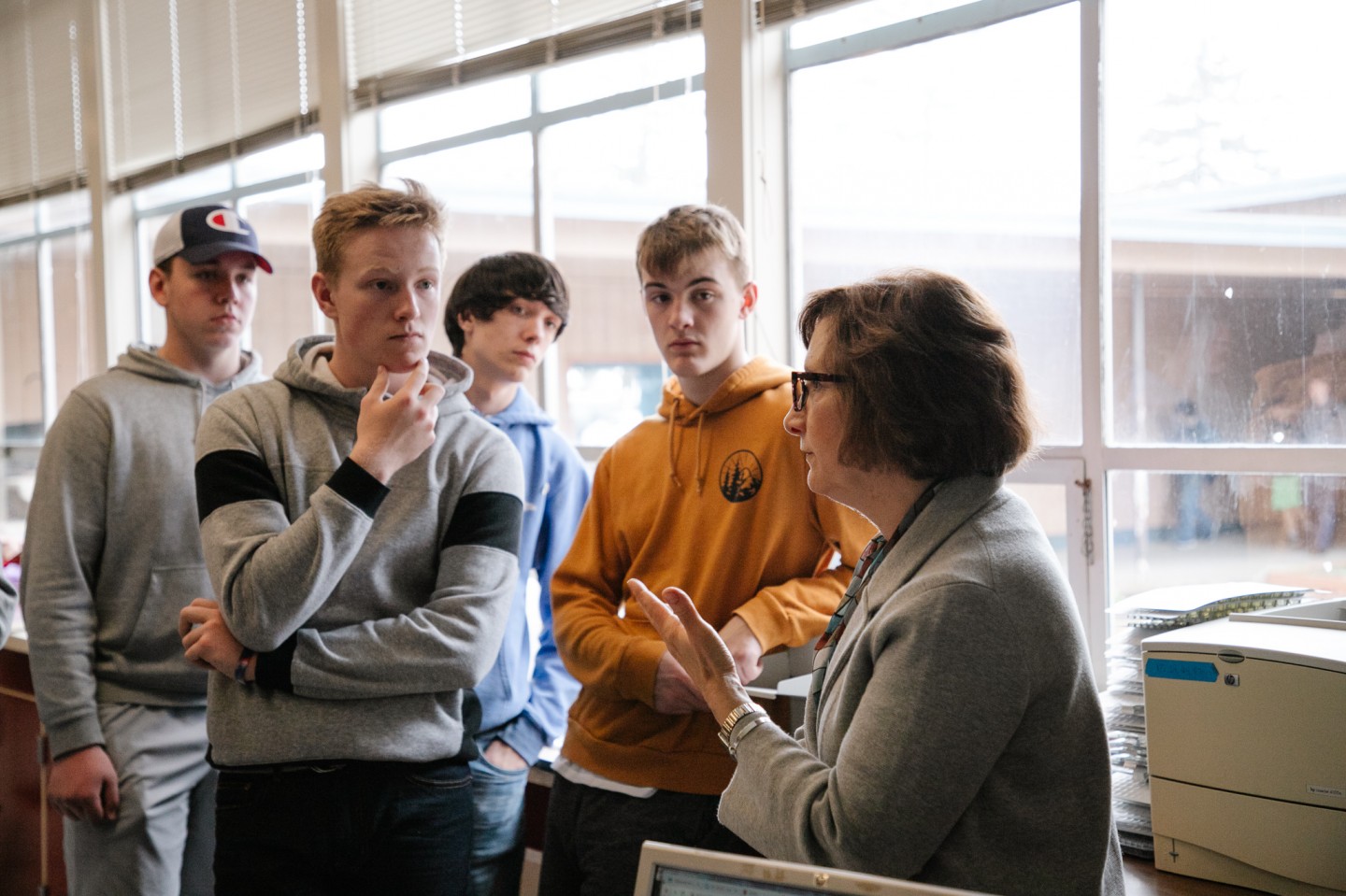
Congresswoman Bonamici’s visit helped to reinforce how important science is and how important it is to use that science to protect our communities. The students were very honored that she spent so much time with them in their class - it was an experience they won’t soon forget.
See where the students are testing and view their results on the BWTF website.
Photos by R Gold Photography
